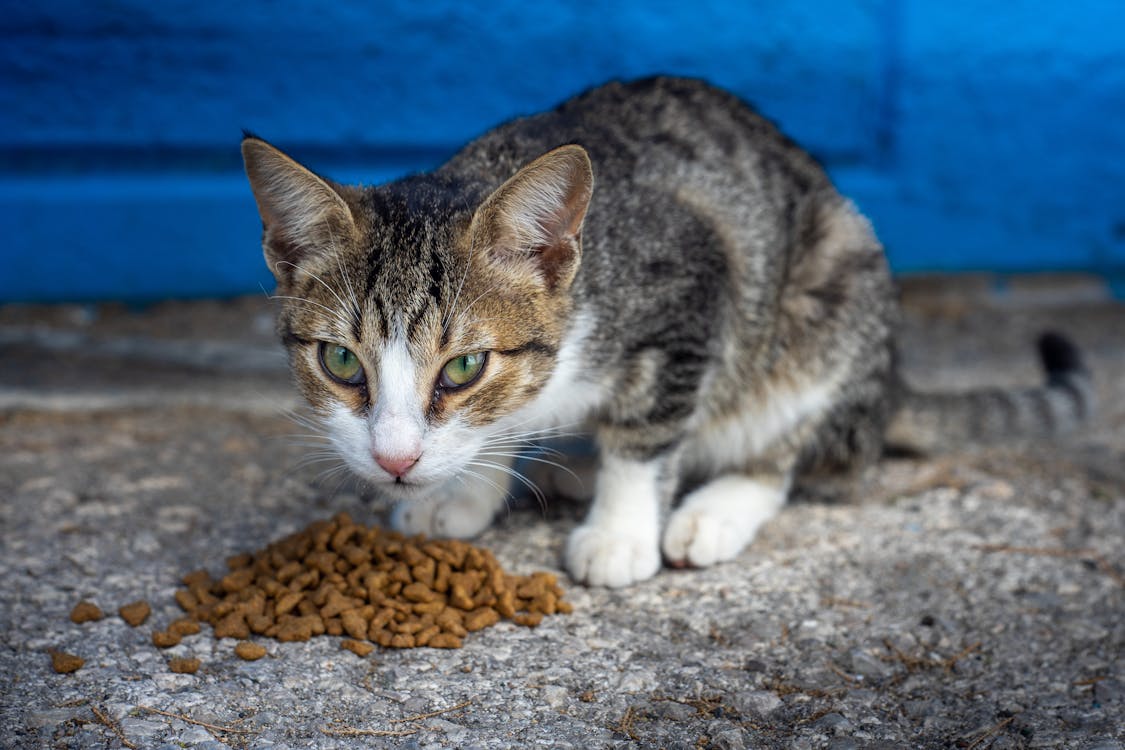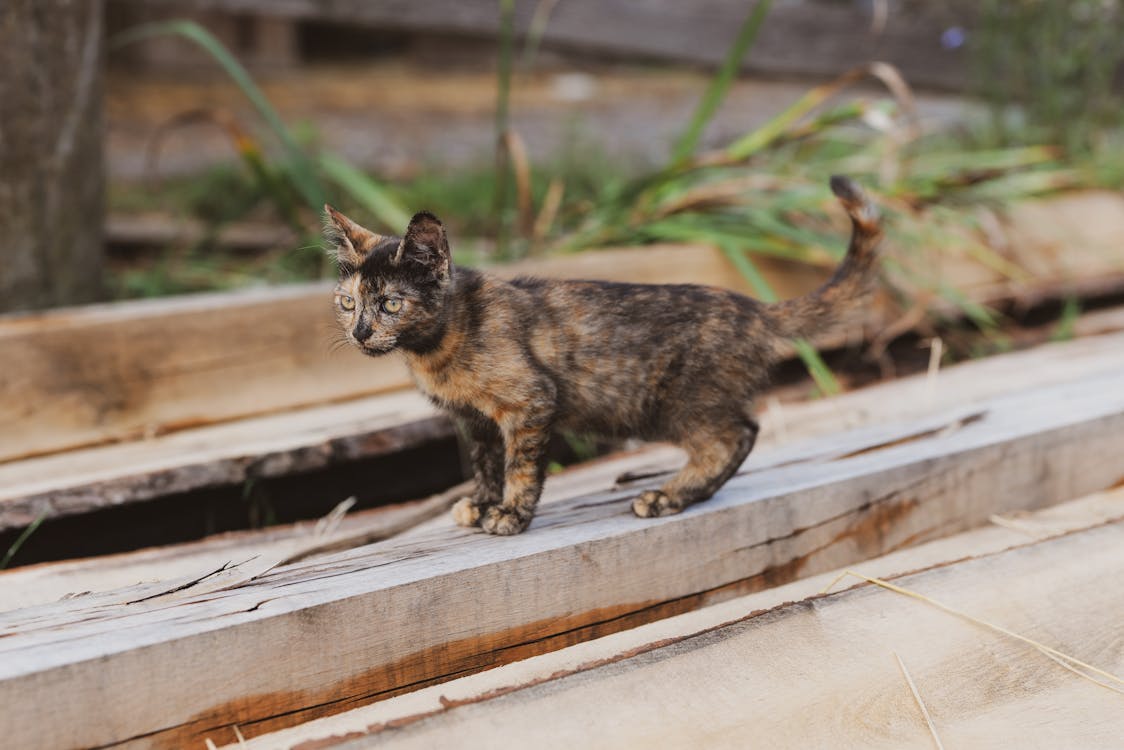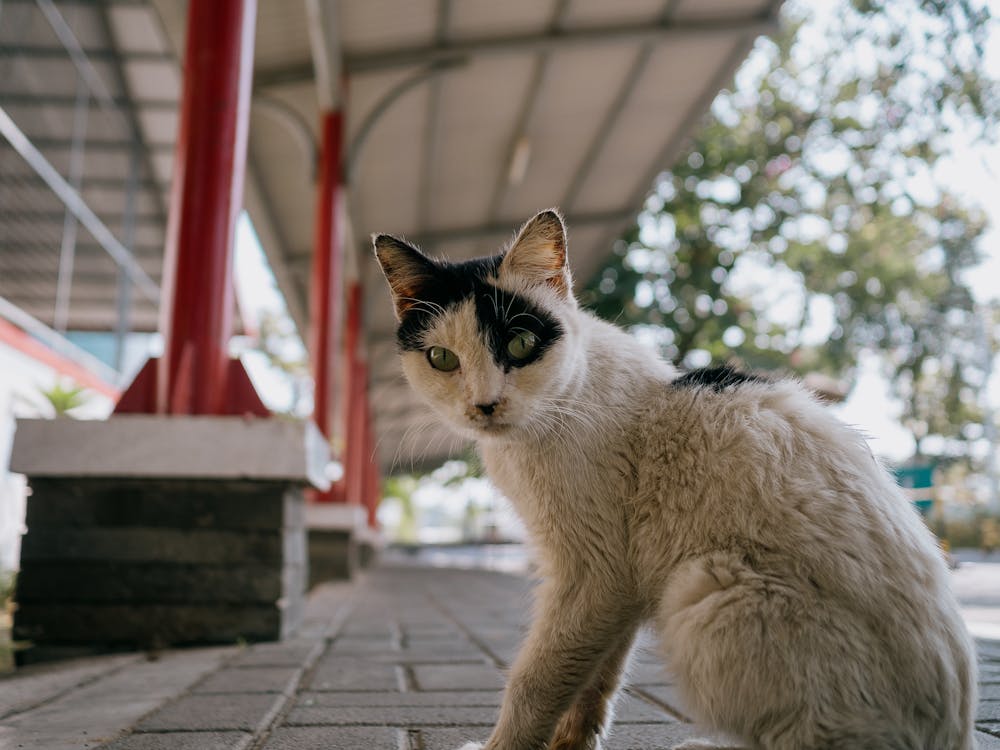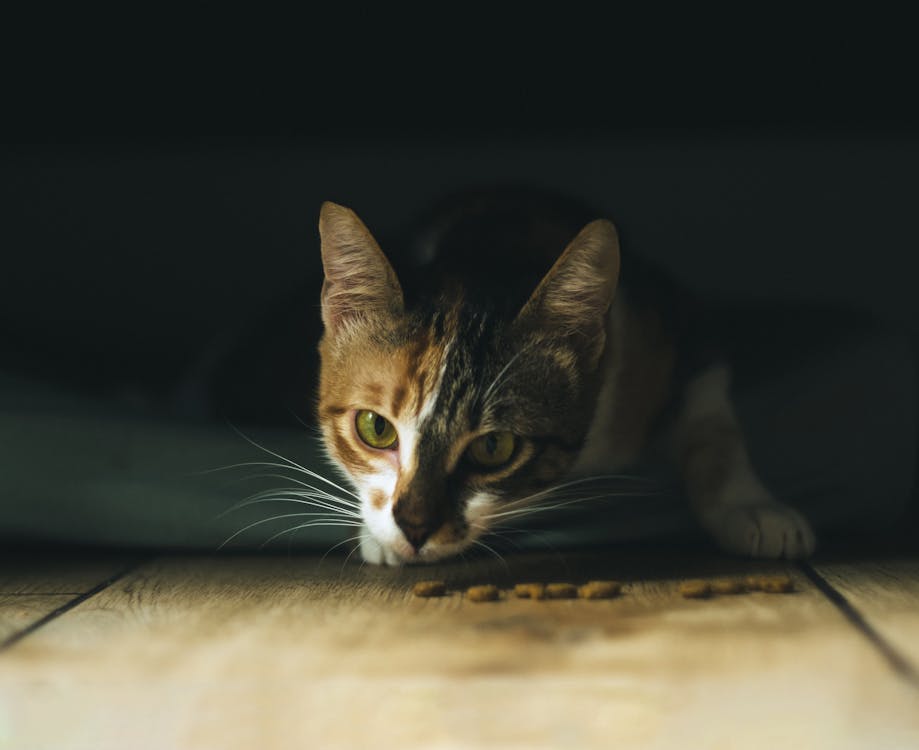Let’s face it. The Internet is obsessed with cats. From viral videos of felines doing the butt-wiggle (you know the one!), to the endless stream of adorable kitten pictures, we can’t get enough of these mysterious and enchanting creatures.
Yet, as fun as it is to watch them chase laser pointers or unravel an entire roll of toilet paper in 0.2 seconds, owning a cat comes with responsibilities. One of the most crucial? Feeding them right.
Table of Contents
The Cat’s Pajamas: Protein
First things first, let’s talk about protein. Cats are obligate carnivores, which is a fancy way of saying they need meat to survive. It’s not just a preference; it’s biology. Their bodies require certain nutrients, like taurine, which are found primarily in animal tissues. So, if you were thinking about turning your cat into a salad-munching herbivore, you might want to hit the paws button on that idea.
Instead, look for foods that list a source of animal protein as the first ingredient. Chicken, beef, fish, lamb – all of these are music to your cat’s ears (if they ever listened, that is).

Fiber Fun: Let’s Talk Hairballs
Ah, hairballs. Those delightful, furry gifts that our beloved felines deposit with love and affection on our carpets. And by “delightful,” I mean “absolutely disgusting.” But did you know that a diet high in fiber can help reduce hairball issues? That’s right, fiber isn’t just for keeping your grandpa regular. It can also help keep your cat’s digestive system running smoothly and prevent hairballs from forming. So, check those food labels for ingredients like beet pulp and pumpkin, as both are great sources of fiber.
The Skinny on Fats
Fats often get a bad rap, but they’re actually essential for a healthy diet – for both humans and cats. For our feline friends, fats provide energy, aid in the absorption of certain vitamins, and help keep their coats shiny and healthy. Plus, fats make food taste good. Ever wonder why your cat goes crazy for that can of wet food? You can bet fats play a big role.
Look for foods that contain sources of healthy fats, like fish oil or chicken fat. But remember, moderation is key. Too much fat can lead to obesity and other health problems.
Hydration Station
Cats evolved from desert-dwelling animals, and because of this, they have a low thirst drive. This means they don’t drink water as often as they should, and dry food isn’t often enough to cut it. To combat this, consider incorporating wet cat food into their diet. Not only will it satisfy their craving for juicy, meaty goodness, but it’ll also help keep them hydrated. There are many canned food options you can choose form!

The Cat’s Meow: Nutritionally Complete Cat Food
So, we’ve talked about proteins, fibers, fats, and hydration. But how do you know if cat foods are nutritionally complete? Well, it’s a bit like assembling a jigsaw puzzle. Each piece represents a different nutrient, and together, they form the complete picture of your cat’s diet.
A nutritionally complete cat food should contain a balance of protein, carbohydrates, fats, vitamins, and minerals that meet all your cat’s dietary needs.
It’s like creating a supergroup from all the best musicians. It’s not just about having a great lead singer (protein), you also need an awesome drummer (carbohydrates), a cool bassist (fats), and a keyboard player who knows a thing or two about synthesizers (vitamins and minerals).
Risky or Revolutionary? The Raw Cat Food Debate
Raw cat food diets are like the reality TV shows of the pet world. Some people can’t get enough of them, while others think they’re a disaster waiting to happen. So are they the best foods for cats or nah?
Raw diets, which often include raw meat, bones, and organs, are touted by some as a more natural and healthier alternative to commercial cat food. However, critics argue that these diets can expose cats (and their humans) to harmful bacteria and parasites. Plus, preparing a balanced raw diet can be as complicated as trying to understand the plot of “Inception” after a couple of glasses of wine.
Before you jump on the raw food bandwagon, it’s best to consult with your vet. They can give you the real scoop, without any reality TV drama.

Trusted Brands: The Rolling Stones of Cat Food Brands
When it comes to trusted pet food brands, you want the Rolling Stones, not the one-hit wonders. Brands like Royal Canin, Hill’s Science Diet, and Blue Buffalo have been in the business for years and have built solid reputations for quality and consistency. They’re backed by science, not just fancy marketing.
Here are some quick links to them:
Just remember, the most expensive cat food options aren’t always the best. Like choosing between designer jeans and a comfy pair of old sweats, what matters most is how well it fits your cat’s individual needs.
Really, the most reliable way to find the best cat food is by consulting your vet. They can recommend something, especially if you’re taking care of kittens, adult cats, or senior cats.

After all, your cat’s food needs to be tailored to their age, health, life stages, and activity levels. Whatever your cat needs — dry cat food, canned cat food, adult cat food, a chicken meal, or even a specific cat food brand.
Portion Control: Not Just for Humans
Ever wonder why Garfield hates Mondays? Maybe it’s because he’s been overeating lasagna all weekend. Unlike cartoon cats, real cats can’t survive on a diet of Italian cuisine, and they certainly can’t afford to overeat.
How much food your cat needs depends on several factors, including their age, weight, activity level, and whether they’re the next feline Instagram influencer. Kittenhood and the senior years usually require specific dietary considerations, while overweight and active cats each have their own unique needs. Your vet can help you develop a feeding plan that’s as tailored as a bespoke suit.

New Food, Who Dis? Introducing Your Cat to New Food
Introducing your cat to new food can be as tricky as convincing a toddler that broccoli is more fun than candy. The key is to take it slow. Start by mixing a small amount of the new food with their current food, gradually increasing the new food over time.
Remember, patience is a virtue, especially when dealing with a skeptical feline. You might face resistance initially – after all, change can be hard! But with persistence and a little bit of luck, your cat will soon be chowing down on their new food like it’s the latest gourmet trend.
So there you have it, pet owners – the 411 on feeding your feline friend. Remember, every cat is unique (just ask them, they’ll tell you), so what works for one might not work for another. But with a dash of knowledge, a pinch of patience, and a whole lot of love, you’ll have the recipe for a happy, healthy cat.
The Final Word on the Best Foods for Cats
Feeding your cat properly isn’t rocket science, but it does require some thought and attention to detail. After all, you wouldn’t fuel a Ferrari with cheap gas, would you? So why skimp on your cat’s nutrition? With the right balance of protein, fiber, fats, and hydration, you’ll not only satisfy your cat’s palate, but you’ll also help ensure they live a long, healthy, and happy life. Just make sure to select complete and balanced high quality cat food for your furry friend!
So here’s to our feline friends, may their meals be hearty, their naps be long, and their hairballs be few.
